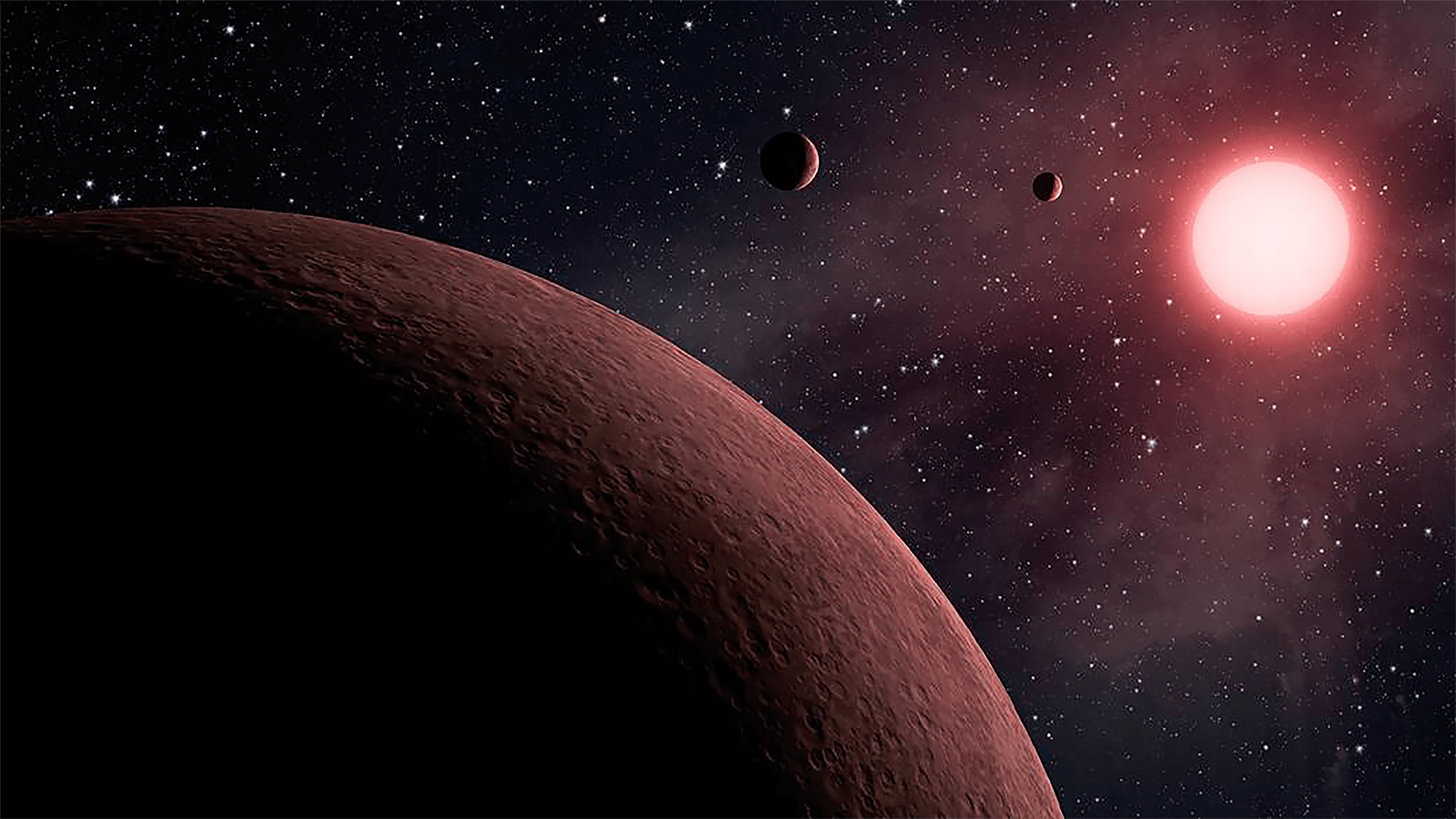We suggest students work in pairs. Homeschool students can work on their own, but will need a stack of books or something similar to elevate their flashlight a few inches off the ground for their brightness tests.
Prepare Stickers
Cut enough label stickers so that each pair of students will have 11 half stickers. You can also use 11 pieces of tape.
Prepare to Darken the Room
The brightness of your classroom can significantly affect student answers on their brightness test worksheet. It’s important to get your room as dark as possible while still having enough light for students to read their worksheets and move around safely. We suggest testing the brightness of your classroom before students arrive!
Make Sure You Have Enough Space
Each model Solar System extends about 3 meters (10 feet) so each pair of students will need this amount of space. If you don’t have enough floor space, a few student desks pushed together should work just fine! Students will also need enough space to walk along the side of their model Solar System for their brightness tests.
If you don’t have enough space, you can adapt the model to omit Neptune. Simply leave the strips of paper H, I, J, and K unattached. This will create a model that is 2 meters (6 feet) long. Be sure to discuss with students that Neptune is missing from their model. Have students predict how bright the Sun would appear from Neptune using their other observations.
Teacher Background
During the brightness test, students may notice that the circle of light shining from “the Sun” (flashlight) onto their Test Rover worksheet gets bigger the farther away they move away from it.This happens because light spreads out as it travels from its source. A larger circle of light on their worksheet does not mean that the Sun is brighter. It means that the Sun’s light is spreading out, which makes it dimmer.













